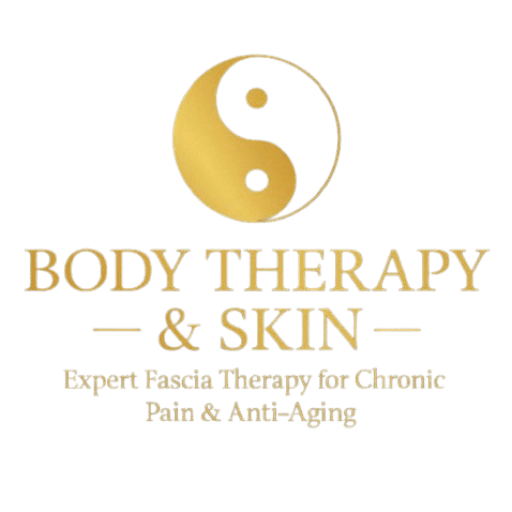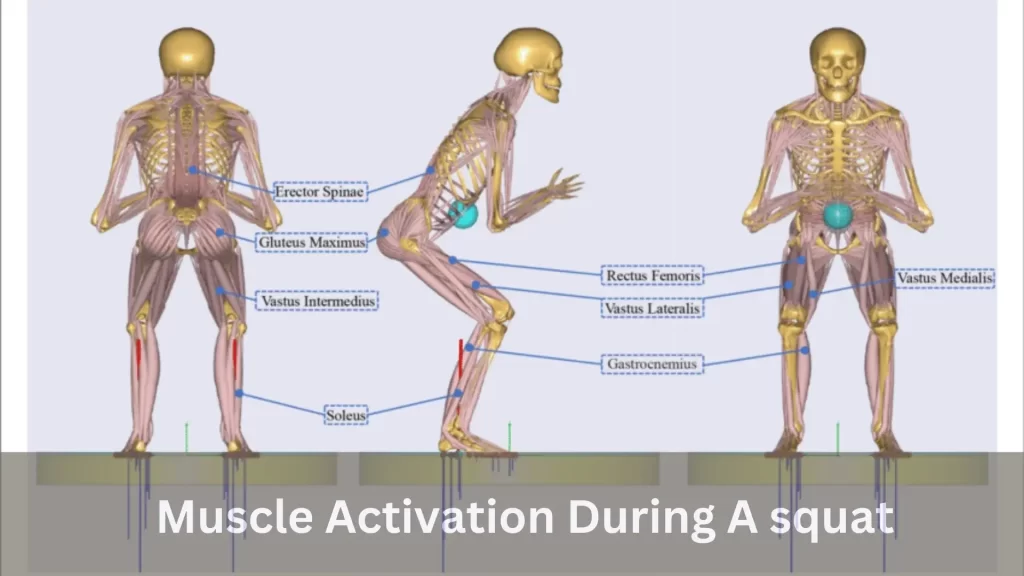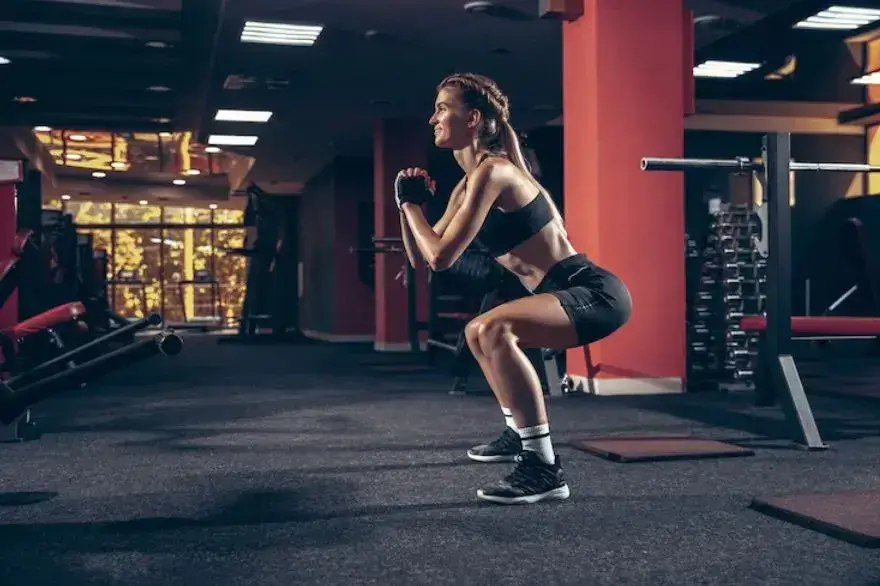Revolutionizing Body Contouring: The Rise of Lipo Laser in Manhattan Beach
Body contouring has transcended its rudimentary origins to become a cornerstone of modern aesthetic medicine. This metamorphosis, marked by innovations and technological leaps, has reshaped perceptions and expectations. At the vanguard of this revolution stands Lipo Laser, a paradigm-shifting approach to cosmetic enhancement that has garnered acclaim for its efficacy and minimal invasiveness. The Evolution of Body Contouring: A Brief Overview Tracing the lineage of body contouring reveals a history rich with evolution. From the early, more invasive procedures to the advent of non-invasive techniques, the journey has been marked by a continuous quest for perfection. It’s a narrative of science striving to align aesthetic aspirations with health and well-being. Lipo Laser: A Groundbreaking Shift in Cosmetic Treatments Emerging from this lineage, Lipo Laser represents not just an evolution but a revolution. It epitomizes the modern ethos of cosmetic treatment: maximum results with minimal intrusion. This technique has recalibrated expectations, setting a new benchmark for safety, comfort, and outcomes. Understanding Lipo Laser What is Lipo Laser? Demystifying the Technology Lipo Laser leverages low-level laser therapy to target and liquefy fat cells without harming surrounding tissues. This process, known as lipolysis, is both sophisticated and elegant, embodying the fusion of technology and medicine. How Lipo Laser Stands Apart from Traditional Liposuction Unlike traditional liposuction, which often requires general anesthesia and can lead to significant downtime, Lipo Laser is minimally invasive and can be performed with the patient awake. This stark contrast highlights the shift towards procedures that respect the body’s integrity and promote quicker recovery. The Science Behind Lipo Laser: How It Works to Sculpt Your Body The genius of Lipo Laser lies in its precision. The laser specifically targets adipose tissue, leaving vital structures untouched. The result is a sculpting effect that is as effective as it is gentle, encouraging the body to metabolize and naturally remove the disrupted fat cells. The Benefits of Lipo Laser Non-Invasive Nature: Why It’s Gaining Popularity The appeal of Lipo Laser is manifold, with its non-invasive nature at the forefront. This attribute has made it a preferred choice for those seeking to avoid the scalpel’s edge, offering a gentler path to body sculpting. Precision and Effectiveness: Targeting Stubborn Fat Lipo Laser’s precision allows for targeted intervention, making it an ideal solution for stubborn fat that resists diet and exercise. This specificity ensures that results are not only visible but also align with patients’ contouring goals. Minimal Downtime: The Convenience of a Modern Procedure The convenience of Lipo Laser, characterized by minimal downtime, underscores its position as a modern cosmetic solution. Patients can return to their daily routines with little interruption, a stark contrast to the extensive recovery associated with traditional methods. Lipo Laser in Manhattan Beach Why Manhattan Beach is at the Forefront of Lipo Laser Technology Manhattan Beach has emerged as a nexus for Lipo Laser technology, driven by a confluence of expert practitioners, cutting-edge clinics, and a community eager for innovative beauty solutions. This vibrant locale serves as the backdrop for the next chapter in body contouring’s evolution. The Best Centers for Lipo Laser in Manhattan Beach: What Sets Them Apart Centers in Manhattan Beach distinguish themselves through exemplary standards of care, state-of-the-art technology, and bespoke treatment plans. This holistic approach ensures that each patient’s journey is as unique as their aesthetic vision. Success Stories: Real Transformations in the Heart of the City The efficacy of Lipo Laser is best narrated through the success stories of those who have experienced its transformative power. These testimonials serve as beacons of possibility, illuminating the path for others seeking change. The Procedure Explained Preparing for Your Lipo Laser Session: Steps to Take Preparation is paramount for optimizing Lipo Laser outcomes. Clinicians provide comprehensive guidance, ensuring that patients are physically and mentally primed for the procedure. What to Expect During the Procedure: A Step-by-Step Guide The procedure unfolds in a series of precise, controlled steps, each designed to maximize comfort and efficacy. Patients are apprised of each phase, fostering an atmosphere of trust and transparency. Post-Procedure Care: Ensuring the Best Results Post-procedure care is critical for achieving the desired outcomes. Clinics in Manhattan Beach offer tailored aftercare plans, supporting recovery and enhancing the longevity of results. Comparing Body Contouring Options Lipo Laser vs. Traditional Liposuction: A Detailed Comparison The debate between Lipo Laser and traditional liposuction centers on efficacy, safety, and recovery. A nuanced understanding of these differences empowers individuals to make informed choices about their bodies. Other Body Contouring Techniques: Where Does Lipo Laser Fit In? Positioned among a spectrum of body contouring options, Lipo Laser is distinguished by its blend of efficacy and gentleness. This comparison sheds light on its unique place within the pantheon of cosmetic procedures. Making the Right Choice for Your Body: Expert Advice The decision to undergo body contouring is deeply personal. Expert advice, grounded in a thorough assessment of each individual’s goals and conditions, guides this choice, ensuring alignment with personal wellness and aesthetic aspirations. Safety and Side Effects Understanding the Risks: A Look at Safety and Side Effects While Lipo Laser is lauded for its safety profile, an understanding of potential risks and side effects is crucial. Knowledge empowers patients to approach their decisions with eyes wide open. How Manhattan Beach Clinics Ensure Your Safety Clinics in Manhattan Beach are bastions of safety, adhering to rigorous protocols to mitigate risks. This commitment to patient well-being is a cornerstone of their practice. Cost Considerations Investing in Your Body: The Cost of Lipo Laser in Manhattan Beach The investment in Lipo Laser reflects not only the cost of the procedure but also the value of the outcomes. Clinics offer transparent pricing and consultation to demystify costs. Financing Options and Payment Plans: Making It Accessible Understanding that access to cosmetic procedures is a consideration for many, clinics provide financing options and payment plans. This inclusivity ensures that Lipo Laser is within reach for those who seek it. Conclusion Lipo Laser exemplifies the zenith of body contouring’s evolution, offering a blend of
Revolutionizing Body Contouring: The Rise of Lipo Laser in Manhattan Beach Read More »



